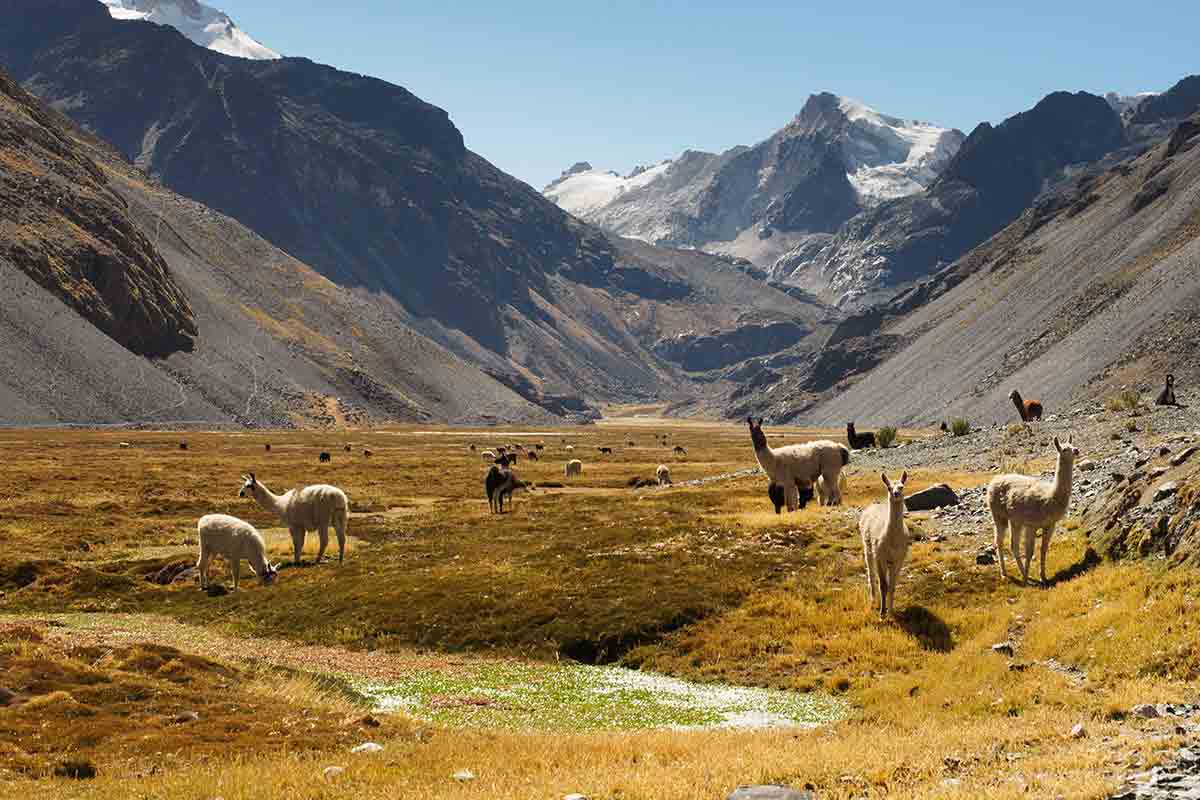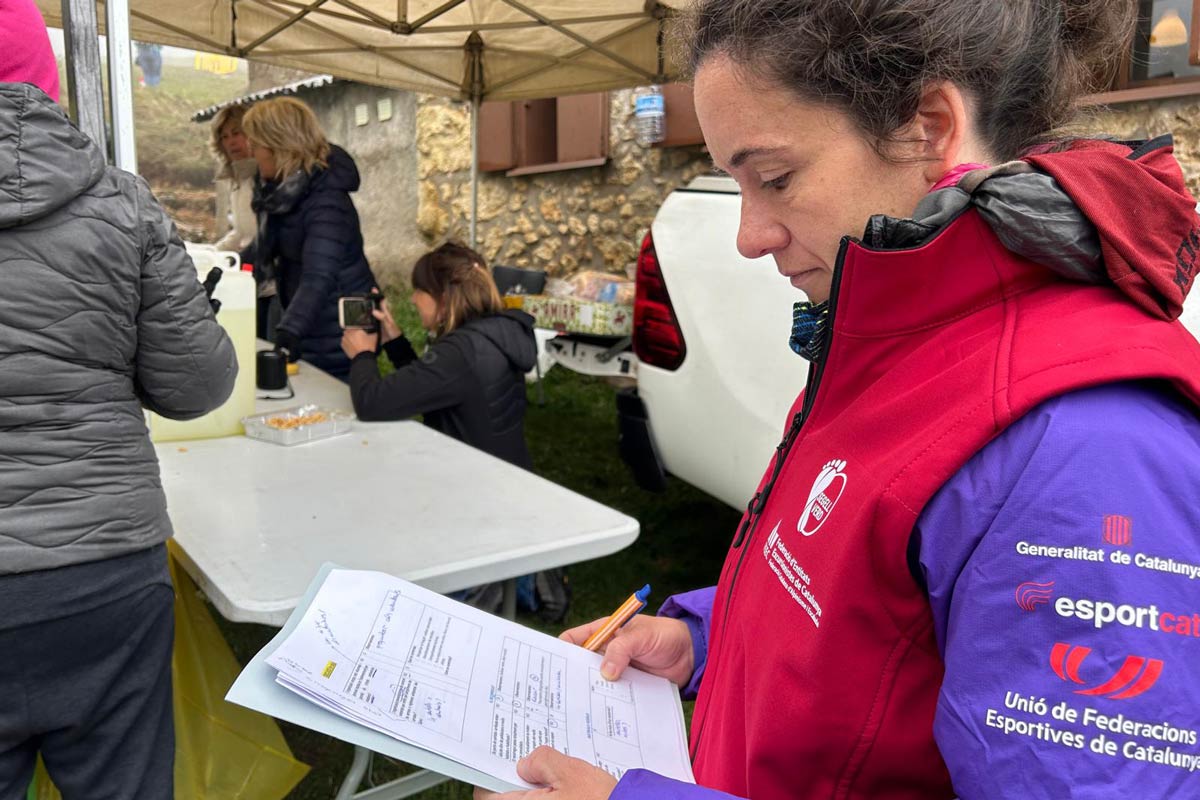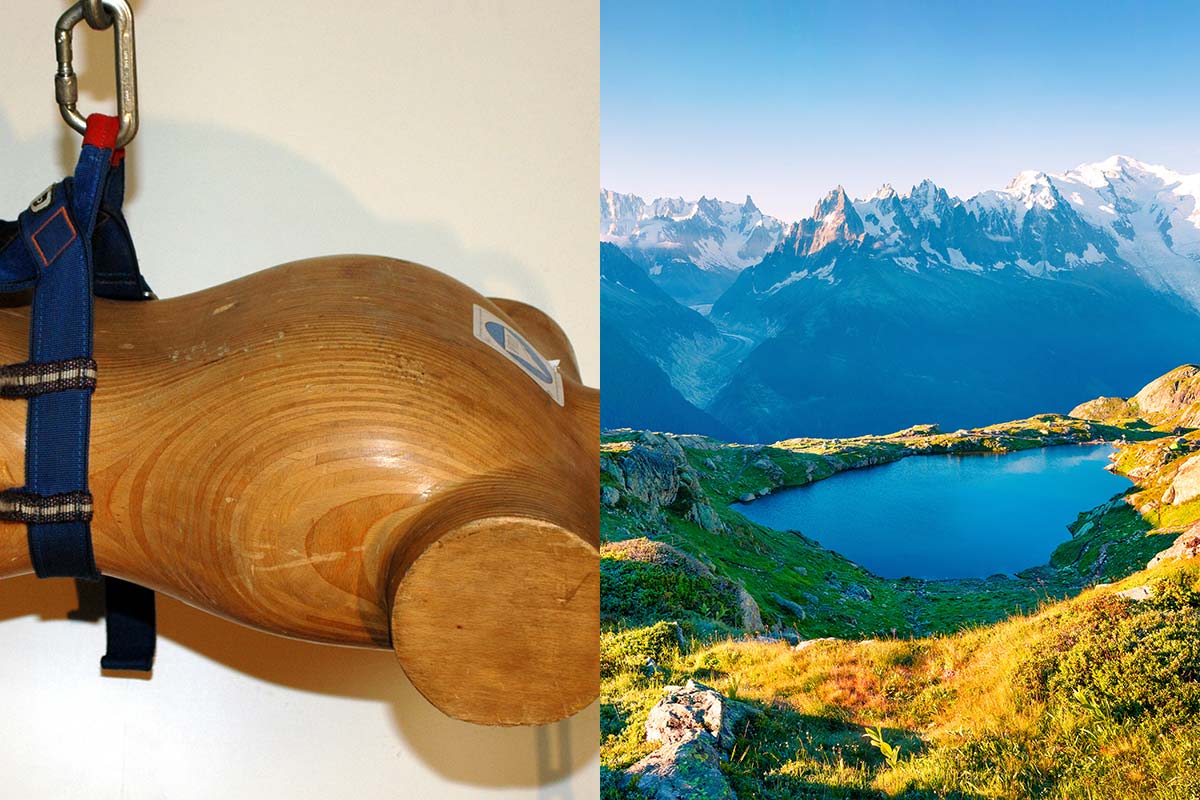2018 Nominee
PROJECT INFORMATION
NEW ENTRY
Project Status: Ongoing, August 2018-September 2023
Location: Bolivia
Contact: Giovanni Prandi
Email – Facebook – Website
GOALS AND OBJECTIVES
Many Bolivian glaciers, like Chachacomani, have never been studied and don’t have a monitoring programme in place. However, they have a very significant role in understanding the entity of global and local climate changes, and above all, they represent an important water reserves.
More than 27% of the water, indeed, supplying the reserves of La Paz (administrative capital of Bolivia) and El Alto (new satellite city on Bolivian Altiplano), about 2 million inhabitants in total, derive from the melting of Cordillera Real glaciers.
In the last few years, these cities were struck by long periods of drought, during which the distribution of water was often lost. In November 2016 it was declared that the water supplies of La Paz were almost over. The following rationing, extended to many areas and activities, has generated riots and violent clashes.
The strong growth of population, also fuelled by the migration flows of young people who leave the highland villages to look for a job in the city, increases the demand for electricity and water. The melting water of the Cordillera Real glaciers also feeds the energy produced by hydroelectric power plants.
The Servizio Glaciologico Lombardo (S.G.L.) project is determined to estimate the available water reservoir measured as ice volumes present on the Chachacomani and as snowfall annually by glaciological investigations, survey with GPS, U.A.V. (Unmanned Aerial Vehicle) and analysis by Remote Sensing.
In addition to this, the project, thanks to Peñas’ mission, are going to teach safety and high altitude medicine, glaciology and topography addressed to the students from Geology courses and from Peñas School of Tourism and Adventure Sports (Universidad Católica Boliviana).
These young students will study and monitor their glaciers coordinated by the University of La Paz (UMSA), or alternatively, they will lead the tourists on their mountains as Andean guides.
This target would be an extra way to create new job opportunities, to promote eco-tourism and to give life and future to those places, threatened by probable massive migration towards cities.
RELATIONSHIP WITH LOCAL COMMUNITIES
The targets of the project is to achieve benefits in favour of the local populations. They will be concentrated as follows:
a) Quantification of water volumes stored as reserves in the Chachacomani glacier (one of the largest in the Cordillera Real) and those deriving from the melting of both the accumulated snow and the glacier itself.
These volumes are relevant to sustain agriculture, farming, industrial development, production of electricity (40% of the energy produced in Bolivia derives from the hydroelectric sector) and many other humanitarian purposes.
The data, owned by Servizio Glaciologico Lombardo and UMSA University, with Open Source license will be used within six months of their collection by the entire international community, local authorities and the Bolivian Ministry of Water;
b) Strengthening the knowledge of young people attending the Penas Tourism and Adventure Sports Course, through the acquisition of high scientific skills as well as providing a certification from Andean Glaciological Operators;
This know-how could bring new job opportunities to these young people both in tourism, as tour guides, and in the scientific field. This will also help promoting the prevention and reduction of migratory phenomena to urban areas. These migratory flows are leading to inevitable forms of social hardship, marginalization and criminal activities in addition to the loss of Andean cultures and traditions like Quechua and Aymara;
c) The creation of a scholarship for the most motivated and deserving student. Thanks to this scholarship he/she could come to Italy to attend technical and mountaineering specialization courses;
d) The promotion, in Italy and abroad, of sustainable tourism on the Bolivian plateau and on the mountains of Cordillera Real, which will see the young Bolivians engaged in their own future as tour leaders;
e) The salary that the Project, albeit sporadically, will give to the students, cooks, porters, drivers and to all the staff of the Mission of Penas;
f) The donation of technical mountaineering and the scientific material by Servizio Glaciologico Lombardo. They will be available to the new students for tourist activities and for the study and monitoring of their glaciers in autonomy;
g) The start-up of two further courses: one on physiology at high altitude, the other on the prevention of bone or joint traumas due to mountain activities;
h) The delivery of school supplies and funds to the Alto Cruz Pampa School;
The training courses will be freely open to those who, without formality, will want to participate, including the local mountain guides.
COLLABORATION WITH LOCAL AUTHORITIES
The project is in close cooperation with the following local authorities:
a) The Consulate General of Bolivia in Milan has granted the patronage of the Bolivian Foreign Ministry. It is dealing with all the bureaucratic / administrative issues in Bolivia and has financed the official t-shirts of the expedition;
b) The Catholic Mission of Penas, with Father Antonio Zavattarelli (Head of Mission), Davide Vitale (Head of the School) and all the other collaborators of the Mission.
Here we will carry out all our courses and we will leave the mountaineering and scientific materials.
The location of the Mission is in fact in a strategic position in order to reach different glaciers of the Cordillera Real, as much as it represents a concrete and prepared logistics base.
The Mission will be able indeed to organize both mountaineering expeditions and tourist tours;
c) Alvaro Soruco, professor of the Department of Geology of the UMSA and his students. They will follow our courses and in the next years, funded by the project, they will be responsible for the monitoring of the Chachacomani;
d) The students of the School of Tourism and Adventure Sports of Penas will follow our courses; they will come with us on the glacier and together with the students of the Professor Alvaro Soruco, they will take care, funded by the project, of the monitoring of the Chachacomani;
e) The local authorities (Village Chiefs) of the Country of Alto Cruz Pampa will assist us in the organization and transfers (porters and mules) to the Chachacomani valley. Together with them, we are arranging meetings with the local population to explain the motivations of our project;
f) Further collaborations can take place with the local Andean Guides, with the organization “Muieres Montana”, which promotes the attendance of women in mountain activities in the entire continent.
BEYOND BUSINESS AS USUAL: LINKS TO MOUNTAINEERING
The project stems from interest in the study of Chachacomani, an Andean Tropical Glacier whose dynamics differ greatly from those of our Alpine glaciers.
We would like that it becomes an incentive for the students who will follow our courses, to continue the research and monitoring of other glaciers of Cordillera Real, still scarcely studied and known.
We will give some ideas on how to approach the mountain safely and responsibly to these young people, but also to all those who want to attend the lessons by explaining the physiological complications and pathologies that the body goes against when going to high altitude and how to prevent them.
Unfortunately, injuries and pathologies linked to the high altitude are frequent among the local populations that often reach mountains exceeding 6000 meters.
We will highlight the problems and the most common accidents resulting from mountaineering activities and rock climbing.
One day when these students will be Andean guides or mountain escorts, such knowledge will be very useful in order to plan, choose excursions and climbs in a way that they can guarantee and maintain the safety of the various members of the group.
Furthermore, these young people can spread these best practices to their clients or groups of tourists / mountaineers who they will lead on their mountains.
Servizio Glaciologico Lombardo wants to make available its know-how also to develop and lead the creation of one or more glaciological trail that bring both local people and tourists to the glaciers of the Cordillera Real, explaining their importance (not just recreational, sportive or landscaping) but also their problems arising from global warming.
We also hope future collaborations will be developed with the Italian Alpine Club (Central Scientific Commission) for anthropological studies and with the Italian Glaciological Committee for further glaciological study proposals.
PROJECT MANAGEMENT
The project will take place from 2018 to 2023; during this period, 11 surveying campaigns have been planned:
- 2018 August (SGL + Bolivian Glaciologists)
- 2019 May and August (Bolivian Glaciologists)
- 2020 May and August (SGL + Glaciologists for August – Glaciologists)
- 2021 May and August (Bolivian Glaciologists)
- 2022 May and August (Bolivian Glaciologists)
- 2023 May and August (SGL + Bolivian Glaciologists for August – Bolivian Glaciologists)
The theoretical training activities of the Course for Bolivian Glaciologists will be carried out at the Mission of Penas and will last for 6 days. During these days, the geology students of the UMSA University will be our guests at the Mission.
At all students will be provided with the teaching material in order to follow the lessons and study.
Training activities are only scheduled in August 2018 – 2020 – 2023.
For the whole duration of the project, didactic support will be provided and guaranteed through telematics channels such as chat, email and skype.
The practical training activities are scheduled during the week after the theoretical courses.
In this week, we will stay for 5 – 6 days at the Base Camp in front of the Chachacomani (5100 mt). During these days, all the measurements and surveys described in the attached project document will be carried out together with the students.
The project’s budget is described in the attached accounts plan.
As far as fundraising is concerned, at the moment, funds are coming from the Lombardy Glaciological Service (Servizio Glaciologico Lombardo), the Italian Alpine Club (Club Alpino Italiano) and other partners.
The economic resources are not only in the form of financial contributions but also as tangible assets (sports equipment and school materials) as well as in concessions for purchases.
OPPORTUNITIES FOR VOLUNTEERS
Glaciers around the world are undoubtedly the most important sources of fresh water. In barren areas where there are two seasons, one wet and one very dry, like the Bolivian Plateau, this role takes on even more relevance.
For this reason the study and monitoring of the Chachacomani glacier, one of the largest in the Cordillera Real, represents an important step for a correct management of the water and the mountain environment.
This study is also a concrete instrument to raise the awareness of local communities toward the glacier’s problems that arise directly or indirectly from their withdrawal. For example: reduction of water availability in the future, dangers related to the growth of glacial lakes, instability of the slopes and the variability and greater insecurity of the mountaineering routes, as well as to the direct confirmation of the local effects of the climate change.
We would also like, through our courses and our activities in Italy, to raise awareness and promote the creation of eco-friendly and ethical tourism, in harmony with the resources but also with the culture and traditions of the territory.
A tourism that has the least possible impact on the environment and on the local communities. Tourism that promotes the conservation and enhancement of eco-systems so that they can become and continue to be a resource and an opportunity for everybody and not just for a few.
For this purpose we can count on the precious collaboration of the Mission of Penas, of its University School of Tourism and Adventure Sports and of the non-profit organization “Mani Aperte Kamasa”, which has already been committed for years to this project.
Finally, the reality of Servizio Glaciologico Lombardo could be a stimulus for the creation of a local voluntary organization of “Andean Glaciologists “.
HOW WE COMMUNICATE
Since last November, we have started to hold evenings and conferences at some locations of the Italian Alpine Club, the “Politecnico” of Milan and other private locations in order to promote all the aims of our project. In these events, we also described, through direct stories, the reality, the traditions and the problems that we will face.
We have created a website and a Facebook profile, which collects information regarding the project as well as photos and videos.
Thanks to Bolivian Consulate of Milan contribution, we have made some t-shirts with the logos of the project’ partners. We are offering these t-shirts to those who support us.
After each glaciological survey, the scientific results, with Open Source licenses, will be shared with the World Glacier Monitoring Service, the international scientific community and the broad audience by conferences, publications, information systems (WebGIS), magazines and specialized websites articles.
On return from the first and last expedition we will publish a documentary that will show both the activities related to the expedition but also the traditions and cultures (such as the Aymara) of the local populations, as well as the visited places (Plateau, Lake Titicaca, Andean Mountains)
Finally, we also intend to organise photographic exhibitions.
RETURN TO 2018 UIAA MOUNTAIN PROTECTION AWARD PROJECT PAGE



